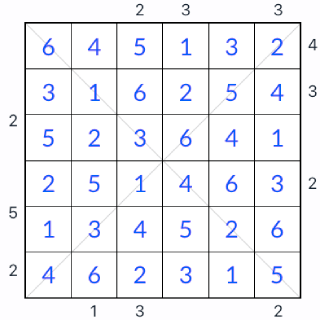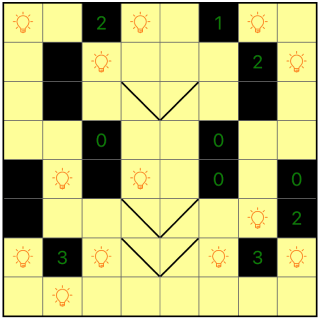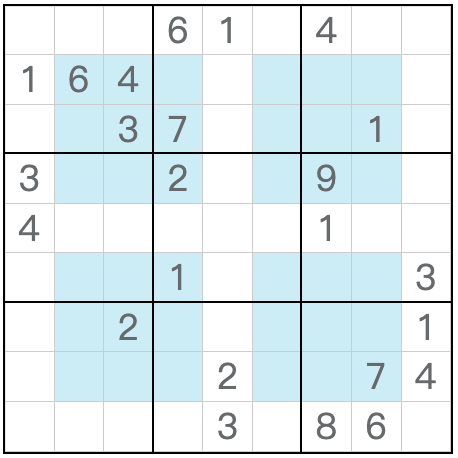Consecutive Sudoku 6x6 Medium
Latest score list for #xzqmx
Latest score list for Consecutive Sudoku 6x6
How to play Consecutive Sudoku 6x6
Consecutive Sudoku 6x6 Rules
The rules of Consecutive Puzzles are as follows:
-
Place the numbers 1-6 once in each row, column and 2x3 bold-lined box in the grid.
-
Orange bars between squares indicate that the values in those squares are consecutive. For instance, a green bar between the first two squares in a grid tells you their values - differ by one: thus 3 and 4 is a possibility, but 1 and 3 is not.
-
All consecutive pairings in the grid are marked. If there is not a orange bar between a pair of squares in the grid, then their values are not consecutive.
Noting the rules above, and looking at the example grid above, we can see that the most powerful squares are those where we have a 1 or a 9 given next to a consecutive marker. Because then we know the partner square must contain a 2 or an 8 respectively. For instance, if you look at the 1 at the bottom-right of the grid, then we know the square immediately under it must be 2.


























